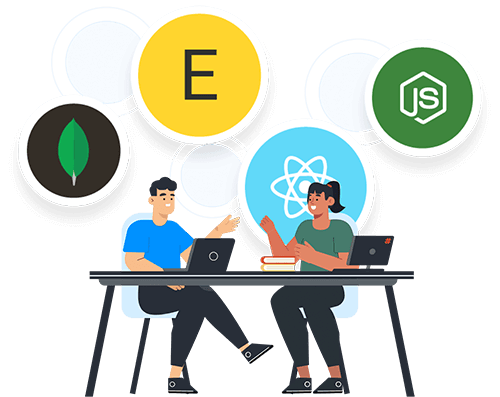In today’s digital age, where innovation drives competitiveness, IT product engineering stands as a cornerstone for organizations aiming to thrive in the ever-evolving tech landscape. From cutting-edge software solutions to revolutionary hardware innovations, IT product engineering encompasses a broad spectrum of activities aimed at conceptualizing, developing, and optimizing products that shape the future.
Understanding IT Product Engineering
At its core, IT product engineering is the art and science of transforming ideas into tangible, market-ready products. It involves a systematic approach that integrates creativity, technical expertise, and market insights to deliver solutions that meet and exceed customer expectations. From initial concept to final deployment, every stage of the product lifecycle is meticulously orchestrated to ensure success.
The Key Elements of IT Product Engineering
- Innovation and Ideation: IT product engineering begins with the spark of an idea. Whether it’s addressing a market need, solving a complex problem, or capitalizing on emerging trends, innovation is the driving force behind every successful product. Through brainstorming sessions, market research, and prototype development, ideas are refined and transformed into viable concepts.
- Design and Development: Once the concept is solidified, the design and development phase kicks into high gear. This stage involves translating ideas into reality through coding, prototyping, and iterative refinement. Whether it’s software applications, IoT devices, or AI-powered solutions, the goal is to create products that are intuitive, scalable, and robust.
- Quality Assurance and Testing: In the fast-paced world of IT product engineering, quality is non-negotiable. Rigorous testing and quality assurance processes ensure that products meet the highest standards of performance, reliability, and security. From unit testing to user acceptance testing, every aspect of the product is scrutinized to identify and address any potential issues.
- Deployment and Integration: With the product ready for prime time, the focus shifts to deployment and integration. Whether it’s deploying software to cloud platforms, integrating hardware components, or rolling out updates, seamless execution is key to ensuring a smooth transition from development to production.
- Maintenance and Support: The journey doesn’t end with deployment. Ongoing maintenance and support are critical to ensuring the long-term success of IT products. From bug fixes to performance enhancements, proactive support services keep products running smoothly and customers satisfied.

The Impact of IT Product Engineering
The impact of IT product engineering extends far beyond the realm of technology. By empowering organizations to innovate, adapt, and thrive in a rapidly changing world, it drives growth, fosters competitiveness, and enhances the customer experience. From streamlining business processes to revolutionizing entire industries, IT product engineering is the catalyst for transformation and progress.
“Where Innovation meets Implementation, and Ideas transform into Solutions.”
Conclusion
In conclusion, IT product engineering is the engine that powers innovation and drives success in today’s digital world. By combining technical expertise, creative thinking, and market insights, organizations can create products that not only meet customer needs but also shape the future of technology. As we continue to push the boundaries of what’s possible, IT product engineering will remain at the forefront of innovation, driving growth and prosperity for years to come.
Ready to grow your revenue with NRI Wings? Get a Free Consultation to Boost Your Business.








































